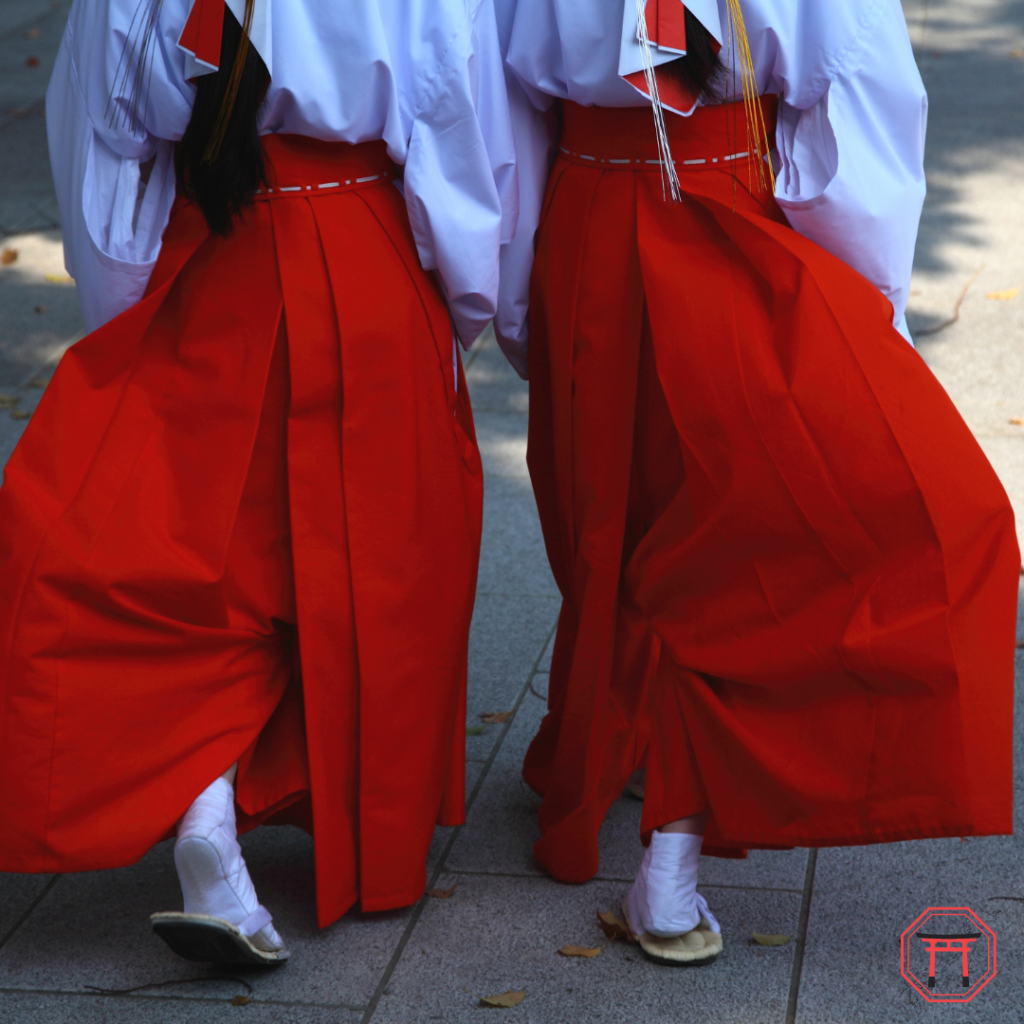Welcome to Japan
Welcome to the Land of Yaoyorozuno-kamigami (Eight Million Japanese Deities).
From overseas, how does Japan appear to you?
I've heard from many people abroad that Japan is a very mysterious country.
I believe that the essence of Japanese spirituality lies in the unique sense of
the concept of "Yaoyorozu no kamigami," meaning eight million gods or myriad deities.
To uncover that secret, I believe it's important to know about the shrines and
visit places we call ”JINJA”.
So here we provide one of the finest shrine visit experiences; so that you will find out
the divine spiritual essence of Japan.
What is "Go-En" Project?
-What is Japanese Shrines?-
"What is Jinja Shrine"?.
The most important aspect for Japanese people is their worship of "Yaoyorozu-no-Kamigami".
※“Yaoyorozu-no-Kamigani” means 8 million deities.
The basic understanding of "8 million deities" is : beginning with Gods rooted in animism, numerous deities coexist,
including those from mythological tales in Japan's oldest chronicle, the Kojiki.
People also honoured and glorified the achievements of successive emperors and individuals who have made significant contributions.
Experiencing the Japanese Shrines
We provide formal shrine visits for a comprehensive experience.
When we receive your inquiry, we will listen to your preferences and stories,
and then suggest the most suitable shrines for you.
This is one of the model course.
1)Prior Learning
-Providing explanations with PowerPoint slides or other visual aids about the shrine which we will visit .
2)We actually visit the shrine for a formal worship session and
a guided tour of the precincts.
3)Naorai -time (Special Lunch)
-Feedback, follow-up and sharing time.
※Naorai means: Time to meet the deities directly in your stomach!
Here are one of the iconic shrines in Tokyo.
Three main shrines
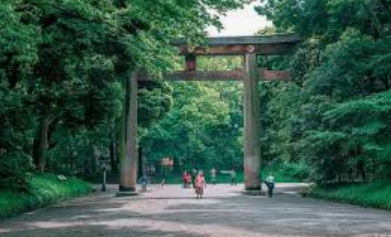
Meiji Jingu
Meiji Shrine, located in Harajuku, Tokyo, is one of the shrines situated within a vast forested area.
This shrine enshrines Emperor Meiji and Empress Shoken.
The number of people visiting for Hatsumode (the first shrine visit of the New Year) is said to be the highest in Japan every year.
Emperor Meiji was widely popular among the people of Edo. After his passing, due to continued reverence, a grove was established in Tokyo where he was enshrined.
Good luck and blessing, long life are divine virtues.
The highlight is the forest, serving as a serene place for people to offer their prayers quietly.
You will find out that the atmosphere is quite similar to those of Ise-jingu Shrine and the Imperial Palace.
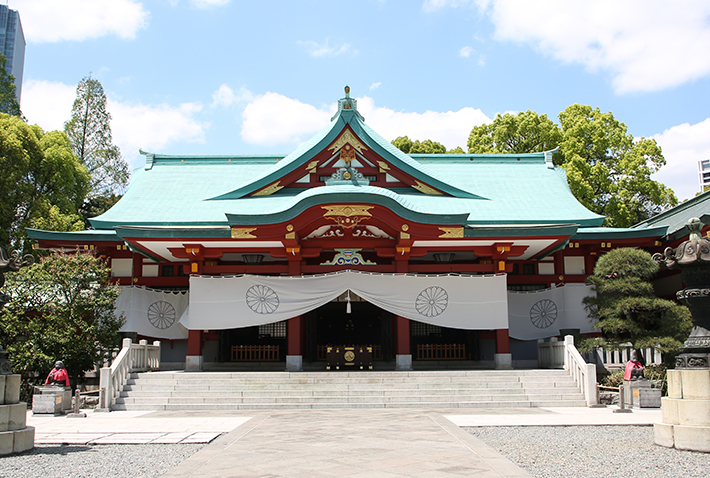
Hie Jinja
Located on a small hill amidst the buildings of Akasaka, Hie Shrine is famous for its unique Torii gate characteristic of the Sanno faith.
The overall atmosphere exudes beauty and dignity because of its deep connection with the Tokugawa family and Hie Shrine, which have long protected Edo Castle.
The Divine virtue is Prosperous business. Successful company fortunes, Matchmaking, and Protection from adversity.
The main dietie is Ooyama tsumi no Kami.
Also, three deities are enshrined in the same main hall.
Outside the main hall, there is a spot where many torii gates are lined up, which belongs to the Sanno Inari Shrine, which is the Deities of Rise and Food.
The number of Torii gates represents offerings and gratitude to the deities.
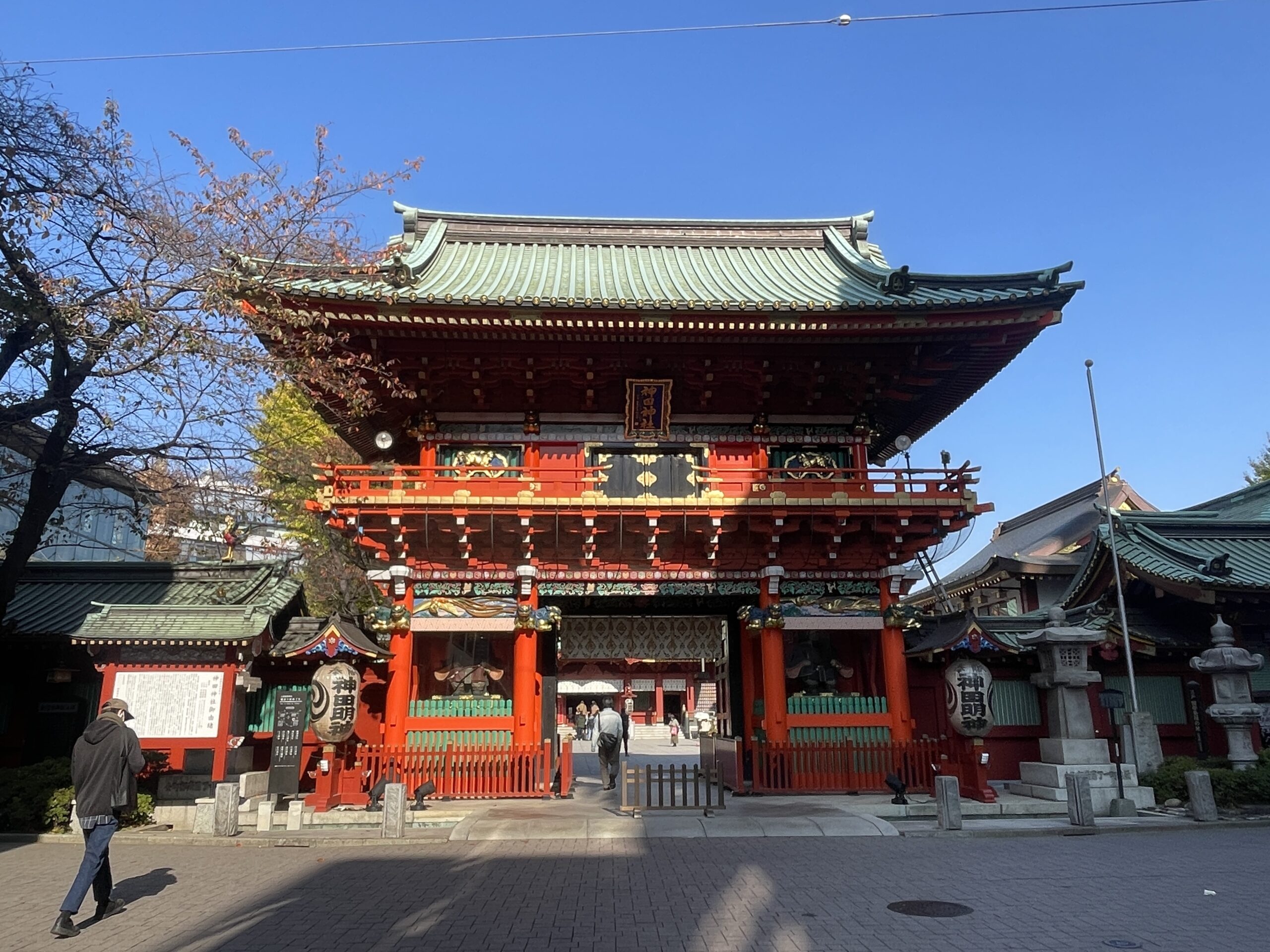
Kanda Myojin
Kanda Myojin is formally known as Kanda Shrine, and is located in the Chiyoda ward which is the central part of Tokyo,
Established in 730 AD, during the Edo period, it has been said as the "Guardian Deity of Edo," gaining widespread popularity.
The main enshrined deities, who are believed to have power in promoting business prosperity and matchmaking, are Oonamuchi no Mikoto and Sukunahikona no Mikoto."
Around the worship building, there are numerous auxiliary shrines, and it is said that one can receive blessings by paying respects to all the deities.
Naorai (lunch)
Since ancient times, it is said that“Naorai" is a ritual in Shinto ceremonies where participants, after taking part in the divine rites, share sacred sake and food offerings.
Today, after the formal shrine visitation, we will all share a meal together. This meal is intended to facilitate a direct encounter with the divine through our stomachs (naorai).
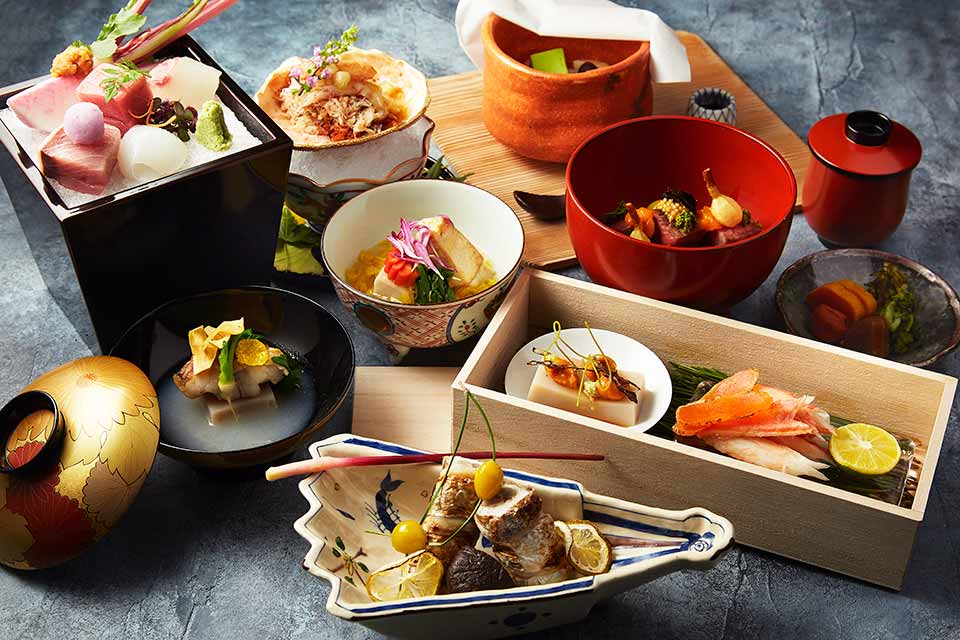
About the attendant
Tamaki Ellen Harayama
I spent 10 years living abroad due to my father's job when I was a child. During my formative years, I attended an American school, so despite my appearance as a Japanese person, I have many foreign influences in my way of thinking and perception. As a result, there was a long period when I struggled to fit in Japan.
Around the age of fifty, when I visited shrines, I experienced a sensation of my cells trembling, realizing that my inner DNA was responding to Japan.
Then, I finally learned from an expert in Japanese classical studies, and I have since been able to guide others in a contemporary manner as a "Modern-Onshi".
※Onshi means a professional Jinja shrine guide who had been active at Ise-Jingu at in Edo era.
So now, formal shrine visits, which aim to share the most divine part of Japan with you, allows you to connect with the Japanese deities and receive their blessings, not as a religion but as a mystical connection what we call "Go-En" project.
I look forward to meeting you, soon.
Please feel free to reach out for any inquiries or assistance.
japanshrineguide@gmail.com




